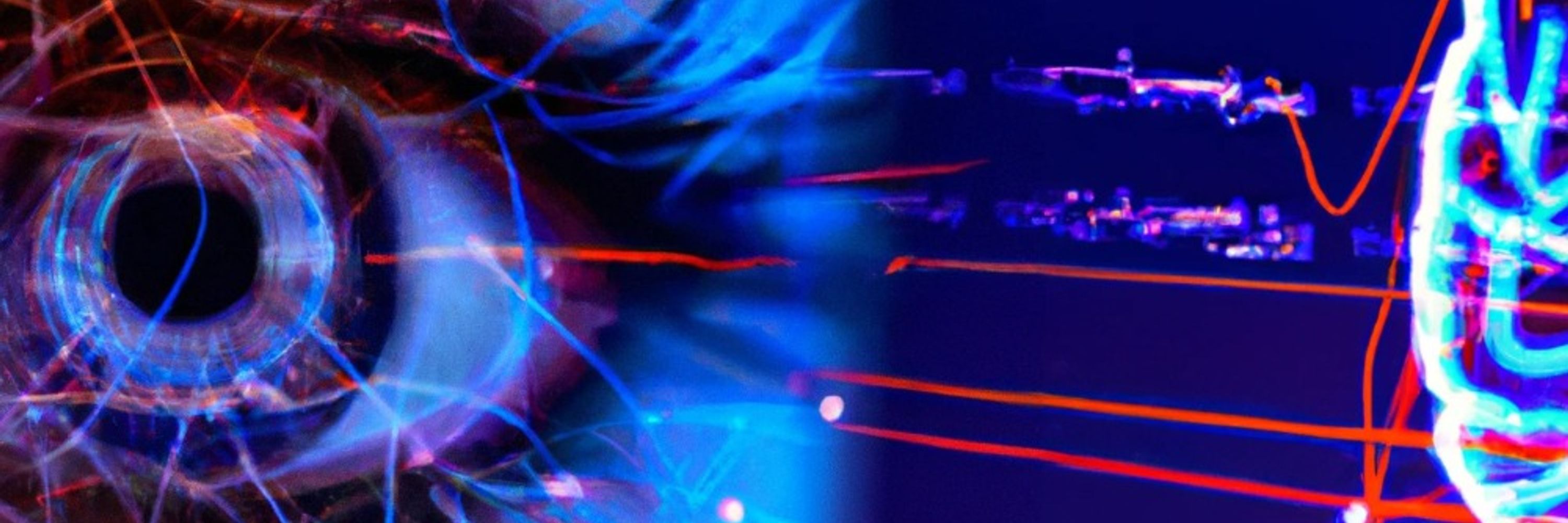
Bilal Haider
@haiderlab.bsky.social
Neurons, circuits, visual perception | Associate Professor, Georgia Tech & Emory University, Atlanta, USA | haider.gatech.edu
Posting about #neuroscience research, mentoring, science advocacy.
Posting about #neuroscience research, mentoring, science advocacy.
Reposted by Bilal Haider
2. Systems Neuroscience PhD position, supervised jointly with Sarah Ruediger @ruedigersarah.bsky.social
This is to investigate the differential circuits involved in habitual and goal-directed behaviours.
www.findaphd.com/phds/project...
This is to investigate the differential circuits involved in habitual and goal-directed behaviours.
www.findaphd.com/phds/project...

Systems Neuroscience PhD at UCL at University College London on FindAPhD.com
PhD Project - Systems Neuroscience PhD at UCL at University College London, listed on FindAPhD.com
www.findaphd.com
April 14, 2025 at 10:24 AM
2. Systems Neuroscience PhD position, supervised jointly with Sarah Ruediger @ruedigersarah.bsky.social
This is to investigate the differential circuits involved in habitual and goal-directed behaviours.
www.findaphd.com/phds/project...
This is to investigate the differential circuits involved in habitual and goal-directed behaviours.
www.findaphd.com/phds/project...
Agreed - most units should be many synapses away from V1, but some still fire as quickly (see S4e: av. latency includes long 'tail' of slower units). Lots to figure out!
March 27, 2025 at 7:36 PM
Agreed - most units should be many synapses away from V1, but some still fire as quickly (see S4e: av. latency includes long 'tail' of slower units). Lots to figure out!
This study was a huge collaborative effort led by former grad student Joseph Del Rosario in collab w/ Hannah Choi’s group in the GT Math Dept.
All made possible by *four* #NIH awards (training grants, pathway to independence, and R01s) 🙏
All made possible by *four* #NIH awards (training grants, pathway to independence, and R01s) 🙏
March 3, 2025 at 4:59 PM
This study was a huge collaborative effort led by former grad student Joseph Del Rosario in collab w/ Hannah Choi’s group in the GT Math Dept.
All made possible by *four* #NIH awards (training grants, pathway to independence, and R01s) 🙏
All made possible by *four* #NIH awards (training grants, pathway to independence, and R01s) 🙏
(10/10) We think these circuits could be used to adjust “background” visual signals in highly specific ways and improve visual sensitivity in different environments and conditions (like when one part of the visual field becomes the focus of attention while irrelevant locations become suppressed).
March 3, 2025 at 4:59 PM
(10/10) We think these circuits could be used to adjust “background” visual signals in highly specific ways and improve visual sensitivity in different environments and conditions (like when one part of the visual field becomes the focus of attention while irrelevant locations become suppressed).
(9/10) Finally, we found SST neurons send long-range axons (> 1mm away!) across the V1 retinotopic map, branching from the site we stimulated to the site we recorded. The anatomy supports the subthreshold and spiking effects of cell-type specific lateral inhibition on perceptual sensitivity.
March 3, 2025 at 4:59 PM
(9/10) Finally, we found SST neurons send long-range axons (> 1mm away!) across the V1 retinotopic map, branching from the site we stimulated to the site we recorded. The anatomy supports the subthreshold and spiking effects of cell-type specific lateral inhibition on perceptual sensitivity.
(8/10) Whole-cell patch-clamp recordings from excitatory neurons in awake mice showed that activating SST lateral inhibition (~1mm away) caused greater hyperpolarization – and this was because of larger synaptic inhibition from SST neurons!

March 3, 2025 at 4:59 PM
(8/10) Whole-cell patch-clamp recordings from excitatory neurons in awake mice showed that activating SST lateral inhibition (~1mm away) caused greater hyperpolarization – and this was because of larger synaptic inhibition from SST neurons!
(7/10) The model showed that a higher probability of SST lateral connections was the key factor.
The model predicts that SST lateral inhibition should be stronger than lateral PV inhibition… is this true in V1?
The model predicts that SST lateral inhibition should be stronger than lateral PV inhibition… is this true in V1?
March 3, 2025 at 4:59 PM
(7/10) The model showed that a higher probability of SST lateral connections was the key factor.
The model predicts that SST lateral inhibition should be stronger than lateral PV inhibition… is this true in V1?
The model predicts that SST lateral inhibition should be stronger than lateral PV inhibition… is this true in V1?

